Text

CLOWN BARBS
"Are clown barbs known to eat other fish? Since I added a pair to my community tank, five of my neon tetras have disappeared. I didn't actually see the barbs eat them, but that's the only explanation I can come up with."
There are numerous hobbyists accounts of clown barbs devouring small fish. Since clown barbs can reach 6 inches in total length, choose only species that are big and boisterous enough to hold their own with these barbs. Also, do be aware that these barbs should be kept in groups of at least six, not in pairs.
35 notes
·
View notes
Text
CONGO TETRA
#aquarium fish#aquarium hobby#fish tank#fishkeeping#fish talk#aquarium#fishblr#freshwater#aquatic#tropical fish
262 notes
·
View notes
Text

Pearl Gourami (Trichogaster leeri)
Origin: South East Asia
Size: 12 cm (4¾ in)
Tank size: 90 cm (36 in)
Temperature: 24–28°C (75–82°F)
Water parameters: Soft to neutral, pH 6–7
Ease of keeping: Moderate
Comments: A beautiful addition to any larger community, the Pearl Gourami has subtle coloration and graceful movements. Males have a red patch on the chest and a longer dorsal fin than the females. Keep in groups in a well-planted tank with more females than males.

Kissing Gourami (Helostoma temminckii)
Origin: South East Asia
Size: 20 cm (8 in)
Tank size: 120 cm (48 in)
Temperature: 24–28°C (75–82°F)
Water parameters: Around neutral, pH 7
Ease of keeping: Moderate
Comments: This is the pink form of the species; there is also a marble form. The kissing action is more a test of strength than an act of passion, but it has brought the species popularity. Balloon forms, line-bred from a genetic deformity, are available but should be avoided.

Three Spot Gourami (Trichogaster trichopterus)
Origin: South East Asia
Size: 12 cm (4¾ in)
Tank size: 90 cm (36 in)
Temperature: 24–28°C (75–82°F)
Water parameters: Soft to neutral, pH 6–7
Ease of keeping: Moderate
Comments: The third spot in the patterning is the eye, giving the Three Spot Gourami its name. This species is also available in gold and blue striped forms. Males can be a little boisterous, so keep them in large, well-planted tanks with more females than males. Males have a longer dorsal fin.
24 notes
·
View notes
Text
SULAWESI SHRIMPS
#aquarium hobby#fish talk#fish tank#fishkeeping#aquarium#aquarium fish#fishblr#freshwater#aquatic#fishbowl#shrimps#sulawesi#nano aquarium
2K notes
·
View notes
Text
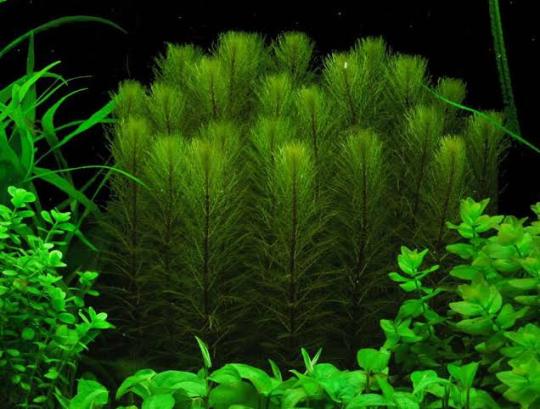
EASY AQUARIUM PLANTS
Brazilian Milfoil (Myriophyllum aquaticum)
Origin: Worldwide
Size: up to 60 cm (24 in)
Temperature: 18–28°C (64–82°F)
Water parameters: Soft to hard, pH 6–8
Ease of keeping: Moderate
Light conditions: Bright

Indian Fern (Ceratopteris thalictroides)
Origin: Worldwide
Size: up to 60 cm (24 in)
Temperature: 20–28°C (68–82°F)
Water parameters: Soft to hard, pH 6–8
#aquarium#aquarium hobby#aquarium fish#fish talk#fish tank#fishkeeping#fishblr#freshwater#aquatic#fishbowl#aquarium plants#planted aquarium#planted tank
8 notes
·
View notes
Text
youtube
HATCHING KILLIFISH PROJECT

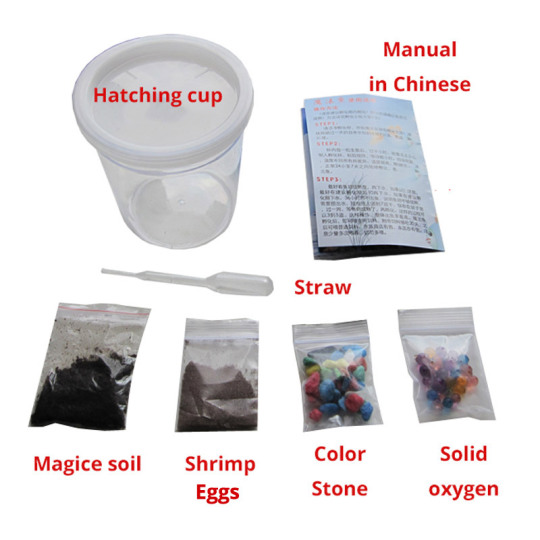
8 notes
·
View notes
Text
BIOTOPE AQUARIUM
Rio Olho d’água is the tributary of Rio da Prata, which is located in Mato Grosso do Sul, on the border with Bonito. The region is one of the most important eco-tourism areas in Brazil with its crystal-clear waters and beautiful natural landscapes such as waterfalls, caves and forests.
The Rio da Prata River is the third clean river in the world. In addition to hiking through the rainforest and watching 234 species of birds, you can snorkel in the lower reaches of the river and enjoy as many as 56 species of fish.
#aquarium#aquarium hobby#fish talk#fish tank#fishkeeping#aquarium fish#fishblr#freshwater#aquatic#biotope
29 notes
·
View notes
Text
EASY AQUATIC PLANTS

Giant Red Bacopa (Bacopa caroliniana)
Origin: USA
Size: up to 38 cm (15 in)
Temperature: 20–28°C (68-82°F)
Water parameters: Soft to hard, pH 6–8
Ease of keeping: Moderate
Light conditions: Bright

Green Cabomba (Cabomba caroliniana)
Origin: USA
Size: up to 90 cm (36 in)
Temperature: 18–28°C (64–82°F)
Water parameters: Soft to hard, pH 6–8
Ease of keeping: Moderate
Light conditions: Bright
#aquascape#aquarium hobby#fish talk#fish tank#fishkeeping#aquarium#aquatic#planted aquarium#aquarium plants
6 notes
·
View notes
Text
ANDINOACARA RIVULATUS CICHLID
#aquarium#aquarium hobby#fish talk#fish tank#fishkeeping#aquarium fish#fishblr#freshwater#fishbowl#aquatic#cichlid
9 notes
·
View notes
Text

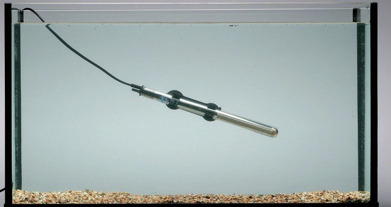
HEATER
A heater thermostat in operation. Note that it is placed at an angle and above the gravel.
What size heater/thermostat do you need?
TANK SIZE HEATER/THERMOSTAT SIZE
30 cm (12 in) 25 watts
60 cm (24 in) 50 watts
75 cm (30 in) 100 watts
90 cm (36 in) 150 watts
100 cm (39 in) 200 watts
120 cm (48 in) 300 watts
Buy a high quality heater to avoid overheating.
2 notes
·
View notes
Text
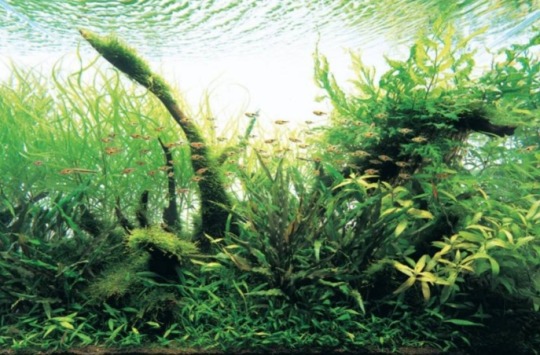
Aquarium: Cube Garden Clear W90 x D45 x H60 (cm)
Lighting: for 10 hours per day
Filter media: Bio Rio
Substrate: Amazonia Aqua Soil, Power Sand Advance, Bacter 100, Clear Super, Tourmaline BC, Penac W, Penac P
Additives: Brighty K; Green Brighty STEP2
Water Change: 1/3 once a week
Water Quality: Temperature 25°C, pH 6.8, total hardness 10 mg/l
Aquatic Plants: Cryptocoryne lutea, Cryptocoryne parva, Cryptocoryne undulata (red), Cryptocoryne wendtii "Mi Oya," Hygrophila polysperma, Hygrophila lacustris,
Bolbitis heudelotii
Fish: Rasbora espei
#aquascape#aquarium#fishkeeping#fish tank#fish talk#aquarium hobby#aquarium fish#fishblr#freshwater#aquatic
4 notes
·
View notes
Text
LIVEBEARERS COMMUNITY AQUARIUM
Angels, guppies, mollies, platies, swordtails, Denison barbs, tiger barbs, golden barbs.
#angelfish#aquarium hobby#fish talk#fish tank#fishkeeping#aquarium#aquarium fish#fishblr#freshwater#fishbowl#aquatic
116 notes
·
View notes
Text
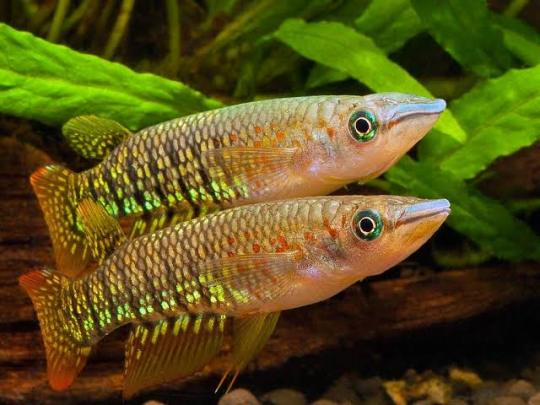
APLOCHEILUS LINEATUS (KILLIFISH)
The golden wonder is the most commonly available killifish in the aquarium trade. It is a captive-bred color variant of the striped panchax Aplocheilus lineatus. Wild fish are occasionally available, usually from India, where the species is relatively common in the
central and southern parts of the country, and sometimes from Sri Lanka, where it is also native, but seems to be less common. There is
a great deal of variation among the wild population. The basic color pattern is quite attractive, and features prominent black vertical lines, hence the name lineatus. Some individuals exhibit a fair amount of red, and others exhibit a fair amount of yellow. One can assume that the golden wonder was selectively bred from yellow individuals.
Basic care is the same regardless of color pattern. This species does best in slightly acidic water, with temperatures in the low 70s, though it will tolerate a wide range of water conditions. They typically hang out near the surface, where they feed on insects in the wild. They adapt to prepared foods in the aquarium quite easily, with floating foods being preferred. It is important to keep a tight cover on the aquarium, as this species, like most killifish, is an exceptional jumper. Males grow
to 4 inches, with females slightly smaller. Males are generally more colorful and more slender bodied. These are suitable for community tanks with similarly sized fishes, as they'll eat any fish that can fit into their mouths- be sure their companions are large enough not to be eaten. They may also nip the fins of long-finned species, so their tankmates should be chosen with some care.
Breeding is best accomplished in a species tank, and the addition of live foods will greatly improve spawn production. They spawn in the typical mop-spawning-killifish manner,
laying a few eggs each day in either artificial mops or fine-leaved plants. The eggs are incubated in water and hatch in about 10 to 14
days, depending on temperature. The fry can accept newly hatched baby brine shrimp as soon as they're free-swimming, and are easy to
raise. The parents will eat the fry, so the eggs should be removed and hatched in a separate container.
#killifish#aquarium fish#aquarium hobby#fish talk#fish tank#fishkeeping#aquarium#fishblr#freshwater#aquatic
4 notes
·
View notes
Text
CAN THERE BE VEGAN PIRANHAS?
(Yes, they eat greens and nuts)
#aquarium fish#aquarium hobby#fish talk#fish tank#fishkeeping#aquarium#fishblr#freshwater#aquatic#piranha
3 notes
·
View notes
Text

BETTA FISH COMPARTMENT
"Can i use a separator for my betta in a 20-gallon community tank?"
You could partition the tank with a separator to keep the betta on one side and the rest of the fish community on the other. However, there is a significant drawback to this arrangement (beside the fact that it's not very pleasing visually). Bettas thrive in very warm (often above 80F), stagnant water, which is not appropriate for most community fishes. You could minimize water movement on the betta's side by placing the filter or the opposite side of the divider, but the water temperature will be same on both sides. So you either have to set up the temperature high to keep the betta happy, which may not be ideal for the rest of the community, or to set the temperature below the appropriate range for the betta. A better choice will be to set up a separate tank just for your betta.
2 notes
·
View notes
Text
RASBORA ESPEI
(orange colored rasbora)
#aquarium fish#aquarium hobby#fish tank#fish talk#fishkeeping#aquarium#fishblr#freshwater#aquatic#nano tank
61 notes
·
View notes
Text


TANKMATES FOR CORYS AND DANIOS
"I started a 20-gallon aquarium not long ago, and I currently have six zebra danios and two bronze corydoras catfish. Are there any other fish I can add to the tank?"
You could go with similar sized schooling fishes, such as harlequin rasboras, neon tetras, mountain minnows. Smaller, peaceful barbs, such as the popular cherry barb, would also be good choices. If an ongoing supply of fry interests you, you might opt to introduce some lifebearers, like platies or guppies. Really, just about any smaller, peaceful community fish should get along fine with your current residents. Just take care not to overstock.
54 notes
·
View notes